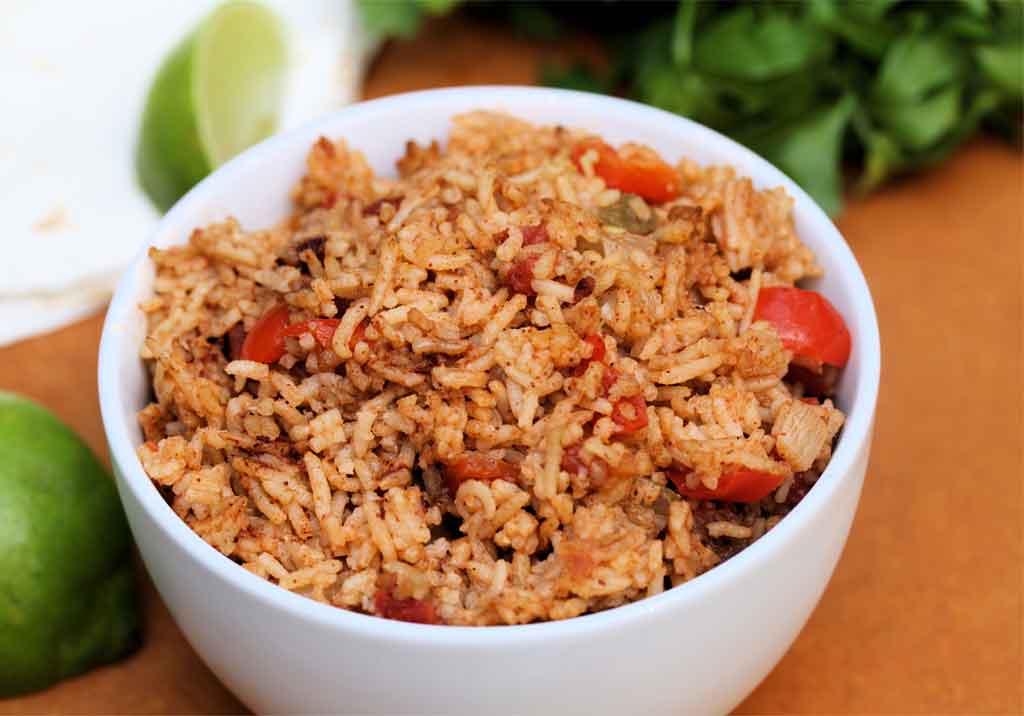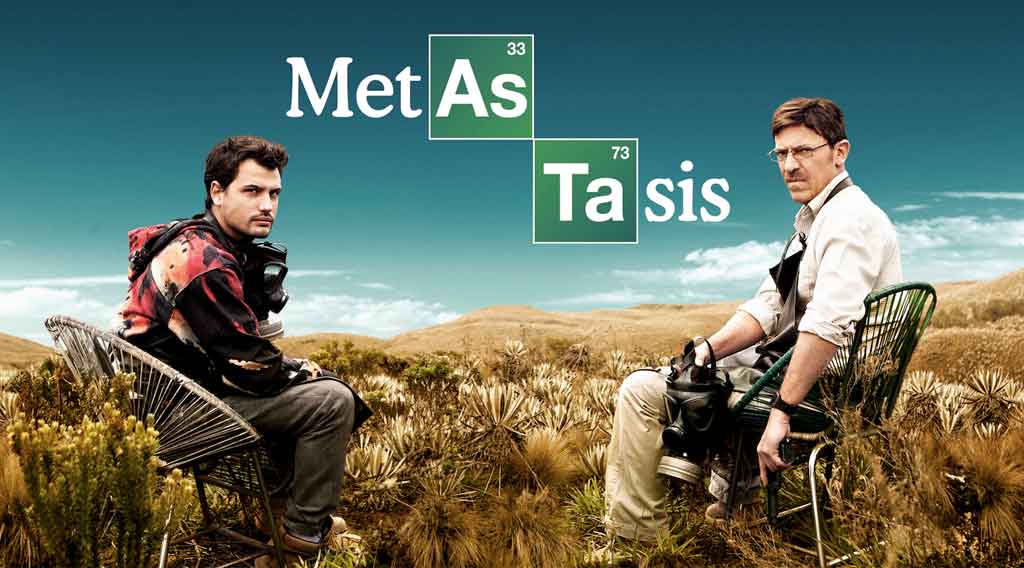One of the items on my so called ‘bucket list’ is to learn a new language. I’m technically trilingual, since I speak English fluently and can get by fairly well with Hindi and Sindhi, but learning a language that isn’t spoken in India (where I originate from) is a different sort of challenge altogether.
The Challenge
So when given the opportunity to write an article on learning a new language, I jumped at the chance. However, I had to document my experience trying to learn a language not through the traditional classroom or online methods, but by attempting to immerse myself in the language’s culture for a week.
The choice I made was to learn Spanish, which was made slightly easier by the fact that I had some prior experience in it through a short university course and a brief tryst with DuoLingo, an online language learning site. I also have ambitions to travel around Europe someday and figured knowing at least one language there would make it easier. So within the course of a week, I watched a Spanish film, listened to some Spanish music, made Spanish food, and attempted to watch a Spanish TV show.
1. The Film
The Spanish film industry has a history as old and varied as any others in Europe, which made choosing a film a task. I asked around for recommendations, and finally settled on Habla con Ella, which thanks to my previous dabbling in Spanish, I know meant ‘Talk to Her.’ The film is about to two men in very different circumstances, but with one thing in common: the women they are in love with are both in a coma.
Through chance, they meet, and one of the men (a nurse) encourages the other to ‘talk to her’, believing that that people in a coma can still hear and feel, even if they can’t respond. The film is extremely touching and has brilliant acting.
RESULT:
Honestly though, I would not have followed even half of it without subtitles. I could catch a word here or there that I understood, but full sentences were an issue. The speed of the characters’ speech is also a problem, but would probably be discernible for a moderately experienced speaker.
2. The Food
Spanish cuisine varies due to regional influences, but is generally flavorful and hearty. Being vegetarian and a college student doesn’t leave a lot of room to maneuver when it comes to food, especially food from another cuisine. I picked a couple of simple recipes and…well, begged my roommates to help because I can’t cook and burning the house down isn’t an option.
So one night we made ‘Spanish Rice’, which is essentially rice sautéed with onions and tomatoes, and although traditionally chicken broth is used, we substituted instant vegetable stock, which gave it a good flavor nonetheless. We also roasted some red peppers in the oven with garlic, vinegar, and olive oil (substituting some ingredients), which is considered a ‘tapa’, or appetizer, in Spain. Tapas can be hot or cold, and in places, have evolved into their own form of cuisine, with dedicated tapas bars springing up. While I suppose our food lacked some authenticity, it was a delicious meal overall.
RESULT:
My search for recipes brought me across a lot of Spanish food related terms – if nothing else, I’ll definitely be able to order vegetarian food in Spain!
3. The Music
This was my favorite part of the entire experience. Spanish music has a reputation for being full of emotion and soul, and this part is definitely true. But although it immediately brings flamenco and the distinct classical guitar to the mind, some regions incorporate bagpipes into their music, and Spanish opera has its own distinct tune.
My favorites out of the few I listened to would have to be Libertango, written and performed by tango composer Astor Piazzolla in 1954, which is a classically beautiful piece, and Oye Como Va (Listen To How It Goes), written and performed by mambo and Latin jazz musician Tito Puente in 1963, which is a finger snapping tune that has been covered famously by Carlos Santana, and incidentally features in Chef, one of my favorite films.
Note: the playlist is above one of my editor’s favorites. “You have to listen to this,” he says.
RESULT:
With the help of online translations, this actually did make an impact on learning the language, as the tune and short verses are fairly easy to follow and understand. The heavy accents, however, took some effort to overcome.
4. The TV Show
The TV show was unfortunately, a stumbling point for me, as access to most of them comes without subtitles, and we don’t have Netflix yet. So I decided a challenge was in order and watched two episodes of Metatatsis (basically, Breaking Bad in Spanish) without any subtitles. The show centers on Walter Blanco, who after being diagnosed with cancer, becomes a drug producer/dealer with the aid of Jose Miguel Rosas….does this sound familiar to anyone? Fun fact: Blanco and Rosas mean white and pink in Spanish, respectively.
RESULT:
Regardless, despite my relative familiarity with the storyline, it was a lost cause without subtitles.
Overall, it was definitely a fun experience, and the value of cultural immersion in learning a language cannot be discounted. While one week hasn’t had much of an impact, I’m sure repeating this over a few months will probably improve my Spanish skills to some degree. Carrying out an exercise like this can add value to language learning for those who don’t have easy access to study abroad programs, or speakers of the language to communicate with.
If you want to really learn a language, you could take a course in the basics and watch a movie or listen to songs in the language once a week, or spend a day regularly with a native speaker if you happen to know one and communicate only in that language. Remember: learning isn’t always just about classrooms and academics. I have also listed out these miscellaneous ways that you can also get a grasp of Spanish:
[ordered_list style=”decimal”]
- Set the commentary on your gaming console to Spanish. The more you play, the more you will learn. Kinda!
- Simply go to Spain, unless, you’re baboon, I can say with some confidence that the situation will force you to pick up some words
- Go to the Spanish council/embassy in your city and see how they can help you.
- Spanish bars! Now, just head to Tapas bar in your city and you’re sure to find some Spanish people there. Simply start your conversation with a “Hola” and see where that takes you!
If you have any more ideas, please put them in the comments below and we will add them with credit to you. Gracias Amigos!
[/ordered_list]











